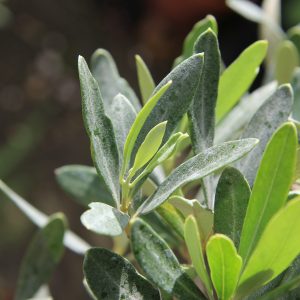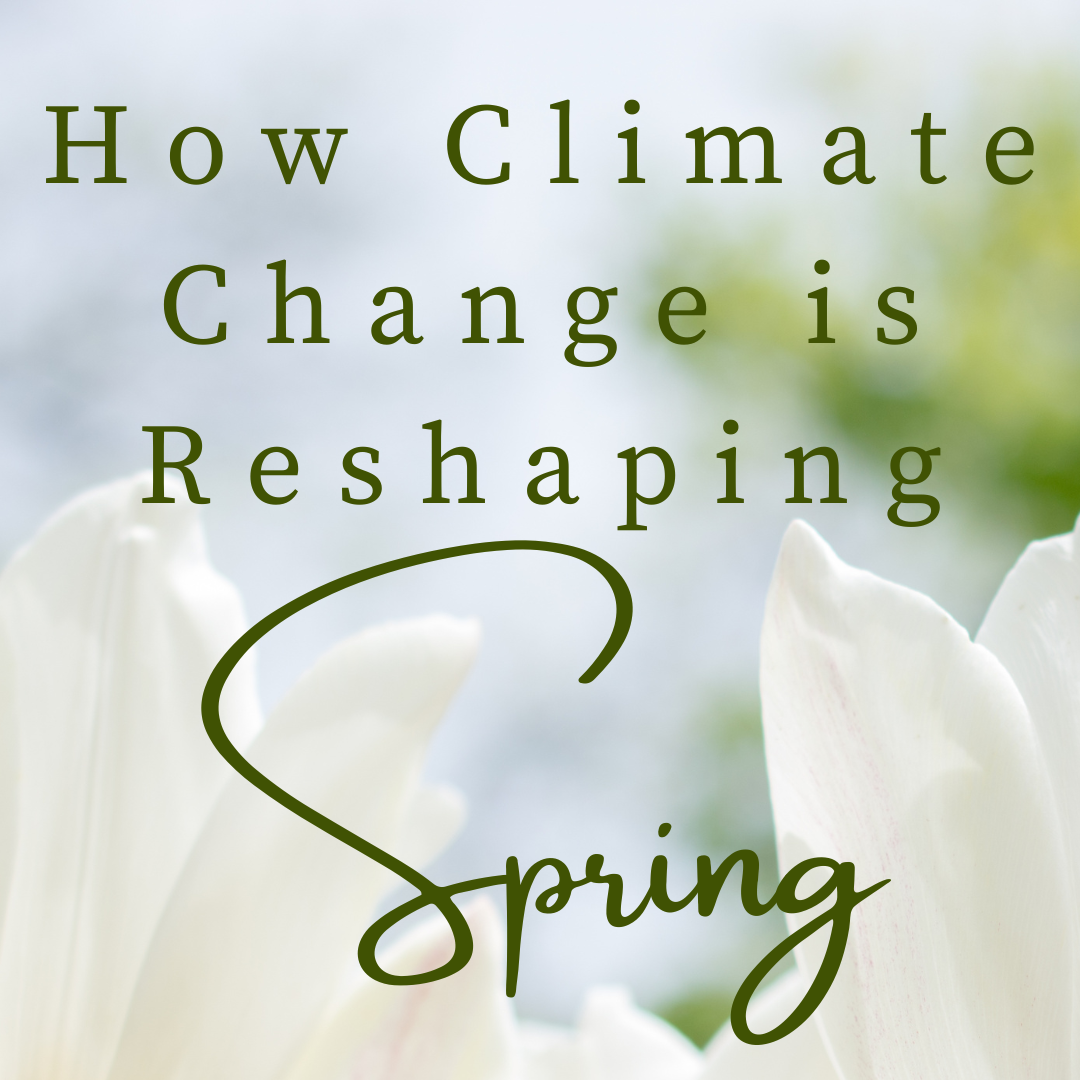
Our range of lush evergreen olive trees have been pruned and trained to grow in beautifully designed shapes - perfect for adding Mediterranean style to your patio, porch or garden.
Maintaining this shape is easy with minimal care and pruning. Read the rest of our Olive Tree Care Guide and find out how to look after an olive tree to make it last a lifetime.
With the right love and care, olive trees are known to last for hundreds of years - plus growing them in your garden could provide you with a fresh supply of olives ready to be cured. What more could you want?!
Get stunning olive trees delivered around the UK & Ireland with our unique tree gift service. Perfect for small gardens, busy gardeners and even framing doorways and entrances.
Quick Links
Pot Growing Olive Trees | Repotting Olive Trees | Best Location for Olive Trees
Olive Tree Watering | Olive Tree Feeding | Olive Tree Pruning
Olive Tree Dropping Leaves | Olive Tree Not Producing Fruit | Harvesting Olives
Quick Facts:
- Variety: Olea europaea
- Hardiness: Hardy down to -10 degrees, protection from frost required
- Suitable for: Planting and container growing outdoors
- Height: up to 10m
- Flowering: Summer
- Harvesting: Autumn
- Soil: Sandy, loamy, clay, well-draining, neutral to acidic
- Sunlight: Semi-shade, full sun
- Difficulty: Moderate
How to Look After an Olive Tree
Pot Growing Olive Trees
The best way to grow olive trees in the UK is to keep them in pots. This means that can be put outside in a sheltered location with lots of sun for most of the year and then moved to a more sheltered location in the winter time when temperatures start to cool below -10 degrees C.
In the first 12 months, your tree will need to be repotted into a larger container to give the roots more space to grow and to make sure the soil isn’t depleted of its nutrients.
When choosing a pot, always try and choose a deep pot with good drainage as olive are used to a dryer Mediterranean climate it won’t tolerate having soggy feet.
Some tips for repotting:
- Make sure the soil isn’t wet when repotting, let it dry out slightly first
- Loosen the soil at the edges of the pot and pull the tree out by the base of the main stem
- Add some extra soil into the bottom of the new pot before you insert the plant. We recommend John Innes number 3 for olives, with 10-20% added horticultural grit or perlite to improve drainage.
- Fill in around the plant with a mix of soil, compost and grit
- To allow the roots to bed in, keep the plant watered for several weeks.
After the first repotting the tree should then be repotted every few years until it reaches its final height. Over time, trees grown in pots deplete the nutrients in the potting soil making it important to either repot the plant or replace up to 50% of the compost every couple of years.
The best time to repot or plant your olive tree is in late spring but make sure to protect the tree in prolonged spells of cold. This allows the tree enough time to establish in its new home for the summer and create a hardier specimen for the winter.
What is the best placement for an Olive Tree?

Mild areas of the and protected city gardens are the most suitable for growing olive trees, however, they can grow well in most areas with just a little bit of extra protection.
Olive trees do require a lot of sun to produce fruits. Place in an area of the garden that receives the most sun to allow the tree to get what it needs. South-facing walls are usually a great spot in any garden.
For colder areas with less protection, consider growing your olive tree indoors in an unheated conservatory or greenhouse where it can get enough light and protection from the elements especially in the wintertime.
Watering your Olive Tree
While olive varieties are drought tolerant and can go for long periods without water we wouldn’t recommend allowing the soil to become too dry. If the top inch of soil becomes dry, give the tree a nice deep watering and make sure the excess water can drain away.
If the area you live in has particularly sandy soil you may be required to water your tree more often as this type of soil is more porous and struggles to retain moisture.
Like most other trees, if you are growing your olive tree in a container it will also need to be watered more often as pot grown trees have restricted access to water. Bear this in mind when it has been a particularly hot or dry season.
While the olive tree requires regular watering, remember that olives are used to Mediterranean conditions and will not react well to wet feet or waterlogged soil. Make sure the pot can drain away and remember that underwatering in the short term is much less harmful than overwatering.
Over winter, reduce the watering, however, don’t let the compost completely dry out.
Feeding your Olive Tree
Olive trees are well adapted to poor, stony soils but do well with a bit of extra tender loving care. They do not require a special olive feed but a little bit of balanced liquid fertiliser such as Phostrogen, every month will go a long way. Especially during the growing season. Use the fertilizer according to packet instructions.
How and when to Prune an Olive Tree

Olive trees are a slow growing variety and don’t require much attention when it comes to pruning. If you would like to do a bit of maintenance we would recommend pinching back some of the new growth. This will encourage the tree to send out new shoots and in turn, this will create a lovely bushy tree.
Olive trees are slow growing and don’t need much attention when it comes to pruning, however, pinching some of the new growth will encourage the tree to send out more new shoots and in turn creating a bushier tree.
If you do decide that it is time to prune your olive tree make sure to remove any dead or diseased branches straight away. You can also remove any crossing branches within the tree and any leader branches that are making the tree look out of shape.
Pruning for shape should not really be done until the tree is at least 2-4 years old as the more leaves a young olive tree has, the more energy it will have to grow into a lovely, healthy specimen.
Over-pruning your olive tree can result in the tree producing lots of water shoots which will not produce fruits or flowers.
Why is your olive tree dropping leaves?
Olive trees are evergreen so if they start losing their leaves this could be your tree trying to tell you something.
The main reason for your olive tree dropping its leaves could be due to lack of water. Many people think olive trees are drought plants and when watering becomes less frequent the tree can dry out. If the tree dries out too much then the leaves can start to drop.
Dry soil conditions will also stop your tree from flowering. Once the watering is resumed the leaves should return back to normal.
Why isn’t your Olive Tree Producing any Fruit?
If the weather in your area is warm and mild enough your tree should start producing fruits at about 3-5 years old.
Olive trees should start to produce fruit when they reach around 3-5 years old, however, they require warm, mild weather and a lot of sun to produce a bumper crop of fruit. This is possible in the UK but for most olive trees this might just not happen.
For the olive trees to produce fruit they need a cold period of weather for 2 months.
Olives are self-fertile, and all plants are capable of setting fruit, as long as they experience a two month period of cold weather (below 10°C). Fruit will set on year old wood, and so over pruning will severely inhibit productivity.
Harvesting your Olives
If you are one of the lucky ones who’s olive tree manages to produce some fruit then you can harvest the fruits while they’re still green or you can wait until they turn dark purple.
All green and black olives are the same, just in different stages of ripeness. This is why green olives tend to be a lot firmer as they are not as ripe as black olives.
Can I eat the olives straight from the tree?
If you’re lucky enough to get your tree to produce any olives, you might be tempted to eat them straight from the branches. Straight from the tree and the fruits are very bitter. They contain a chemical known as tannins which makes them unpleasant to eat raw. Olives eaten straight from the tree are bitter and unpleasant as they contain tannins. To make the fruits edible they require a curing process to break these down.
Over Winter Care of Olive Trees
As soon as nighttime temperatures drop close to 0°C, you might want to think about moving your olive into an unheated greenhouse or conservatory (basically somewhere sheltered, to protect it from the elements).
Olive trees are hardy down to -10 degrees however they may require some overwinter protection.
Young plants and new shoots are especially susceptible to frost damage.
Growing your olive tree in a pot will allow you to move it around the garden to a more sheltered location in the winter if it is going to get particularly cold.
Send an Olive Tree as a Gift
Olive trees have been cherished throughout history for their many uses and important symbolic meaning, check out our olive tree facts blog to read more. This is why we think sending an olive tree is a beautiful and unique gift idea. Great things come in pairs so we've created our pair of olive trees gift for you to send to loved ones celebrating a very special occasion.


